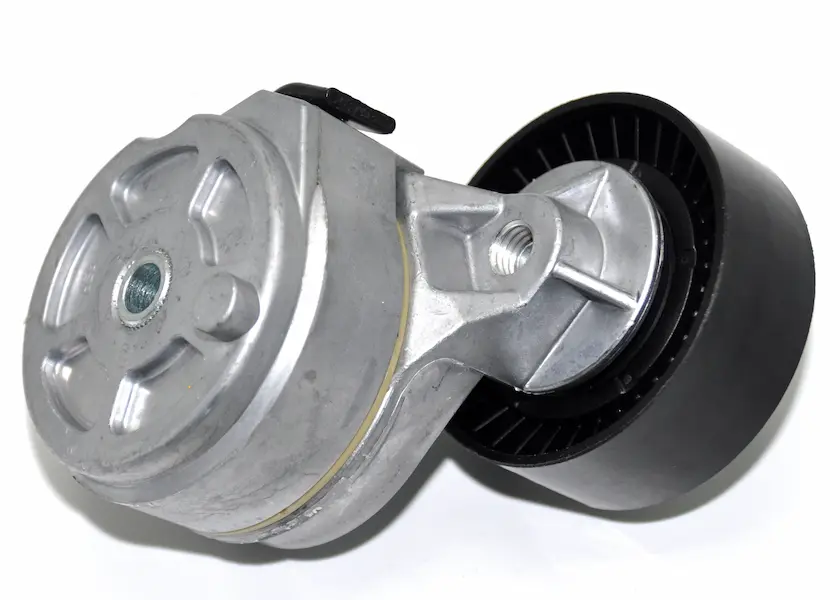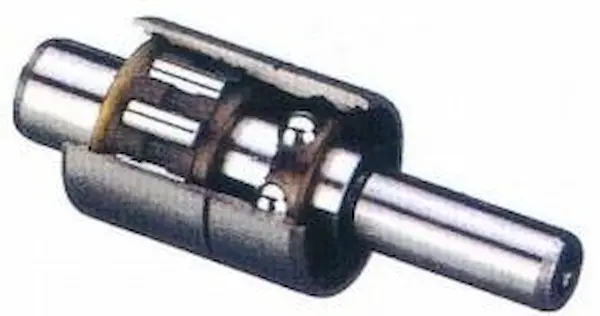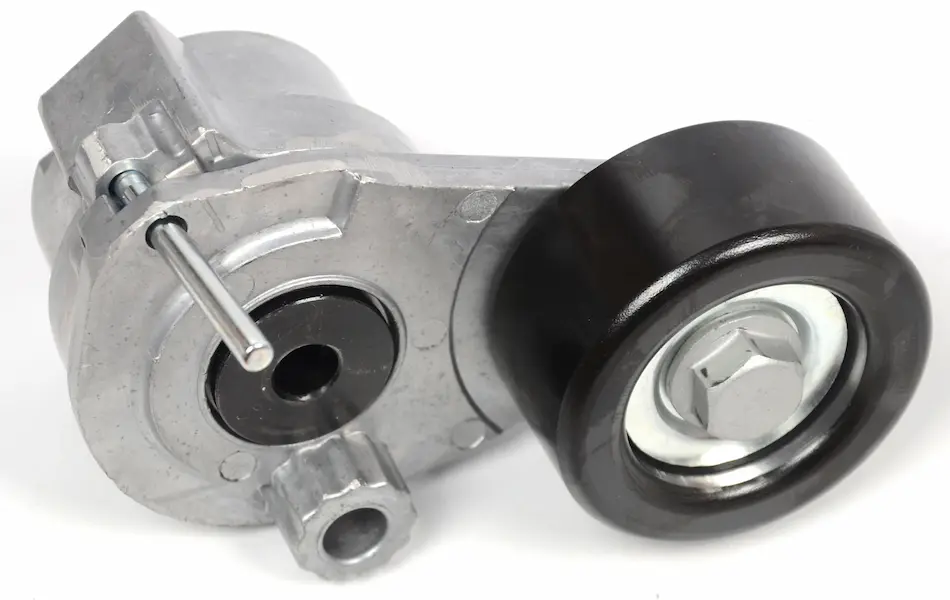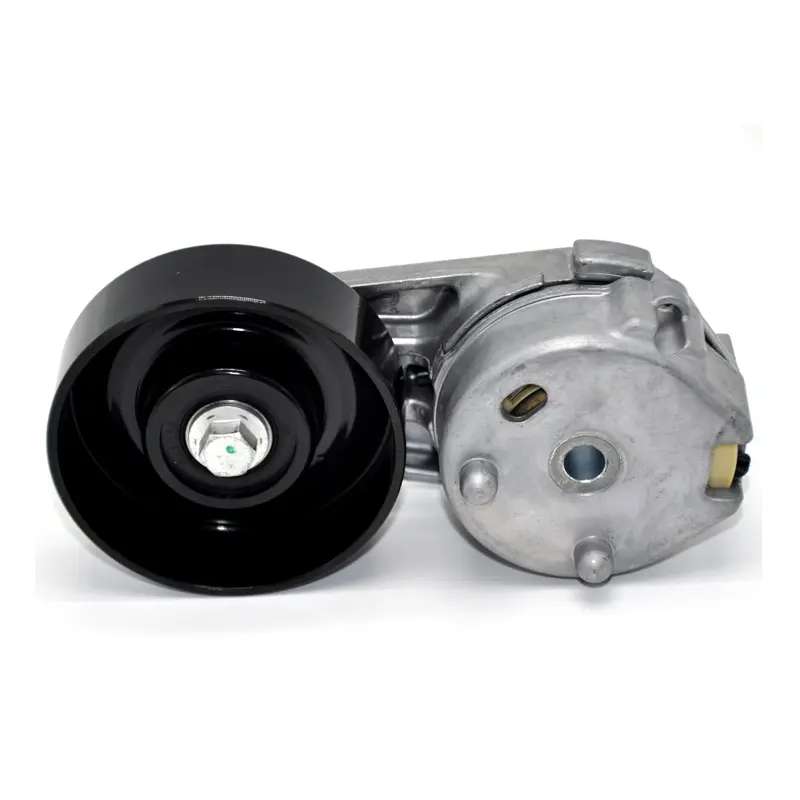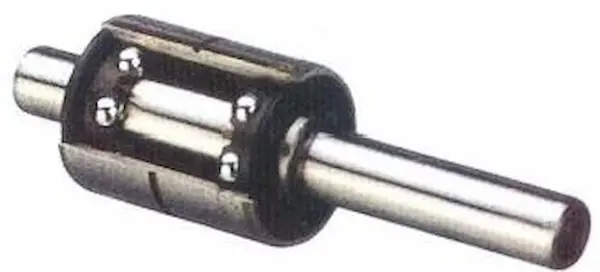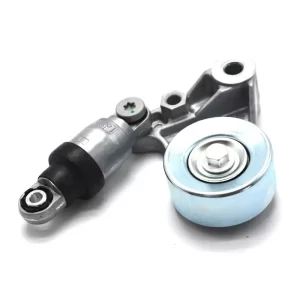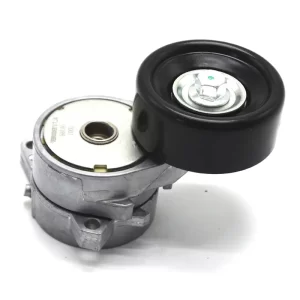V avtomobilski industriji je napenjalec mehanizem, namenjen uravnavanju in vzdrževanju ustrezne napetosti jermena, verige ali podobnega prožnega elementa. Njegova glavna naloga je zagotoviti, da jermen ali veriga ostane napeta in pravilno poravnana, kar je ključnega pomena za optimizacijo učinkovitosti in življenjske dobe različnih sistemov.
Kretnice pa se uporabljajo za usmerjanje in vzdrževanje ustrezne napetosti jermenov pogonskega sklopa motorja. Z vodenjem teh jermenov in vzdrževanjem pravilne napetosti jermenice omogočajo nemoteno delovanje pogonskega sistema dodatne opreme motorja. Ta funkcija pomaga zmanjšati hrup in vibracije, kar prispeva k bolj dovršenim voznim izkušnjam.
Premium napenjalec in jermenice za francoske modele avtomobilov: Peugeot, Citroen in Fiat
Uvod
Kakovost napenjalnih in jermenic jermenic pomembno vpliva na zmogljivost in vzdržljivost jermenskega pogona vozila. Pri Vankvu smo zavezani zagotavljanju visokokakovostnih jermenic, posebej zasnovanih za francoske modele avtomobilov, kot so Peugeot, Citroen in Fiat. Naša predanost natančnosti in naprednim proizvodnim tehnikam zagotavlja, da vsaka jermenica izpolnjuje stroge standarde zmogljivosti in trajnosti.
Razumevanje napenjalnih in krmilnih jermenic
Napenjalna jermenica je pomemben sestavni del, ki vzdržuje ustrezno napetost pogonskih jermenov motorja. Samodejno se prilagaja spremembam napetosti jermena in zagotavlja, da jermen ostane napet in pravilno poravnan. To je ključnega pomena za nemoteno delovanje dodatne opreme motorja, kot so alternator, vodna črpalka in črpalka servoojačevalnika. Napenjalna jermenica s preprečevanjem zdrsa pomaga pri doseganju optimalnega delovanja motorja.
Kretnice z jermenicami pa imajo ključno vlogo pri vodenju pogonskega jermena okoli sestavnih delov motorja. Zagotavljajo, da jermen ostaja poravnan in ohranja pravilno napetost. S podpiranjem in usmerjanjem jermena jermenice zmanjšujejo trenje in obrabo ter prispevajo k bolj gladkemu delovanju motorja. S tem se ne zmanjšata le hrup in vibracije, temveč se izboljša tudi splošna izkušnja vožnje.
Na splošno so naše vrhunske napenjalne in jermenice zasnovane tako, da izpolnjujejo posebne potrebe francoskih modelov avtomobilov ter zagotavljajo zanesljivo delovanje in dolgo življenjsko dobo.
Ključne sestavine
Napenjalna jermenica:
- Kolo jermenice: Naša kolesa jermenic so izdelana iz visoko trdnih polimerov ali ojačanega jekla in zagotavljajo izjemno vzdržljivost in odpornost proti obrabi ter so odporna na mehanske obremenitve.
- Ležišče: Uporabljamo visokokakovostne zatesnjene kroglične ležaje, ki zagotavljajo nemoteno delovanje in ščitijo pred nečistočami, kar pripomore k dolgotrajnemu delovanju.
- Napenjalna vzmet: Ta robusten vzmetni mehanizem zagotavlja pravilno napetost pogonskega jermena. Prilagaja se spremembam raztezanja jermena in vibracijam motorja ter tako ohranja stalno zmogljivost.
- Montažni nosilec: Naši natančno izdelani nosilci omogočajo enostavno in varno namestitev ter zagotavljajo stabilno pritrditev na blok motorja.
Kretnica z navpičnim vzvodom:
- Kolo jermenice: Naše jermenice so izdelane iz trpežnih materialov, kot so ojačano jeklo ali polimeri visoke trdnosti, in so odporne na vsakodnevne obremenitve.
- Ležišče: Te jermenice so opremljene z zatesnjenimi krogličnimi ležaji in zagotavljajo nemoteno delovanje ter dolgoročno zanesljivost.
- Distančnik/podloga: S tem zagotovite pravilno poravnavo in razmik jermenice na montažnem nosilcu, kar je ključnega pomena za njeno delovanje.
- Montažni nosilec: Nosilec zagotavlja stabilno in zanesljivo pritrditev jermenice, kar zagotavlja njeno pravilno namestitev.
Razumevanje delovanja napenjalnih in jermenic je bistveno za učinkovito vzdrževanje sistema pogonskega jermena v vozilu. Napenjalna jermenica ima ključno vlogo, saj z nadzorovano silo vzdržuje potrebno napetost jermena. Ta sestavni del ima napenjalno vzmet, ki se prilagaja raztezanju jermena in vibracijam motorja ter tako zagotavlja, da jermen ostane pravilno napet, in preprečuje zdrs. Ustrezna napetost je ključnega pomena za učinkovit prenos moči v motorju, kar omogoča optimalno delovanje vseh sestavnih delov motorja.
Na drugi strani jermenica podpira in usmerja pogonski jermen ter ga gladko vodi po sestavnih delih motorja. Z vzdrževanjem pravilne poti in poravnave jermenica zmanjša trenje in obrabo jermena, kar poveča učinkovitost in življenjsko dobo sistema pogonskega jermena. Njihova funkcija pomaga zagotavljati nemoteno delovanje jermena, kar prispeva k splošni zmogljivosti motorja in zmanjšuje tveganje prezgodnje obrabe.
Pri namestitvi teh komponent je ključnega pomena priprava. Najprej zberite vsa potrebna orodja in preverite, ali imate pravi model jermenice za svoje vozilo, da zagotovite združljivost. Varnost je najpomembnejša, zato pred začetkom del vedno odklopite akumulator in počakajte, da se motor ohladi. Ta previdnostni ukrep pomaga preprečiti naključne poškodbe in škodo.
Pri odstranjevanju stare jermenice previdno sprostite njene pritrdilne vijake. Pomembno je, da med odstranjevanjem spremljate potek in položaj jermena, da zagotovite pravilno namestitev nove jermenice. Med tem postopkom preglejte pogonski jermen, ali so na njem vidni znaki obrabe ali poškodbe. Če jermen kaže kakršne koli znake poslabšanja, ga je treba zamenjati, da se izognete morebitnim težavam v prihodnosti.
Za namestitev nove jermenice jo skrbno namestite in pritrdite s priloženo strojno opremo. Prepričajte se, da je jermenica pravilno poravnana in zategnjena v skladu s specifikacijami proizvajalca, da zagotovite optimalno delovanje. Pri napenjalnih jermenicah preverite, ali je napenjalna vzmet pravilno vpeta, da se ohrani ustrezna napetost jermena. Pri jermenicah z jermenico v prostem teku preverite, ali je jermen pravilno speljan in ali je ustrezno napet.
Po ponovni namestitvi ponovno priključite akumulator in zaženite motor. Opazujte delovanje nove jermenice, poslušajte morebitne nenavadne zvoke in preverite, ali je jermen pravilno poravnan. Ta zadnji korak zagotavlja, da vse deluje pravilno in da sistem pogonskega jermena deluje nemoteno ter prispeva k splošnemu zdravju in učinkovitosti motorja vozila.

